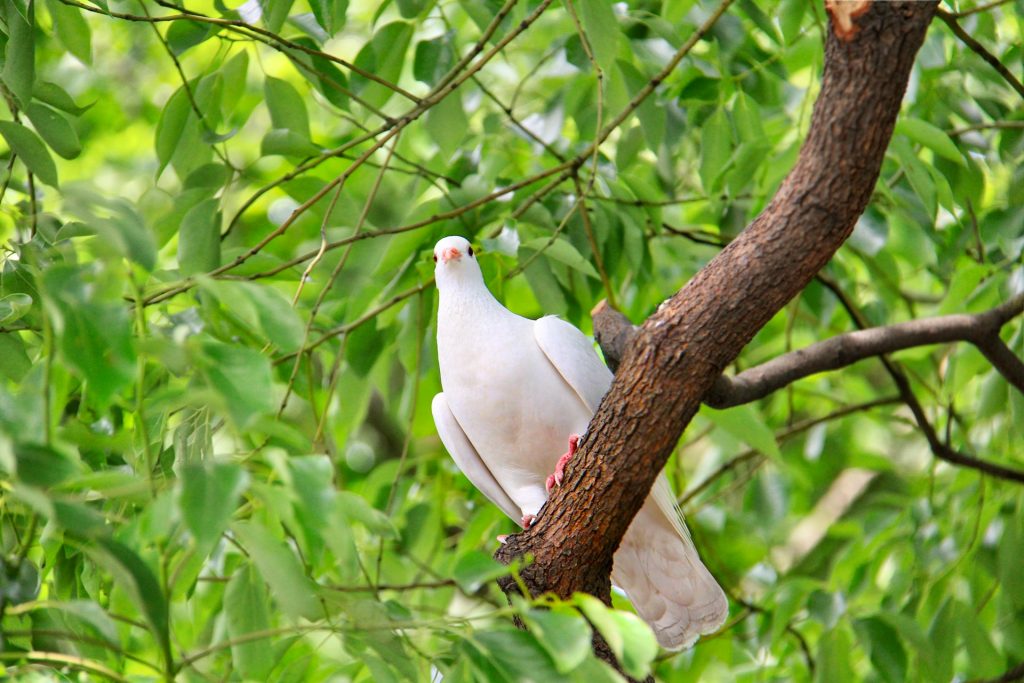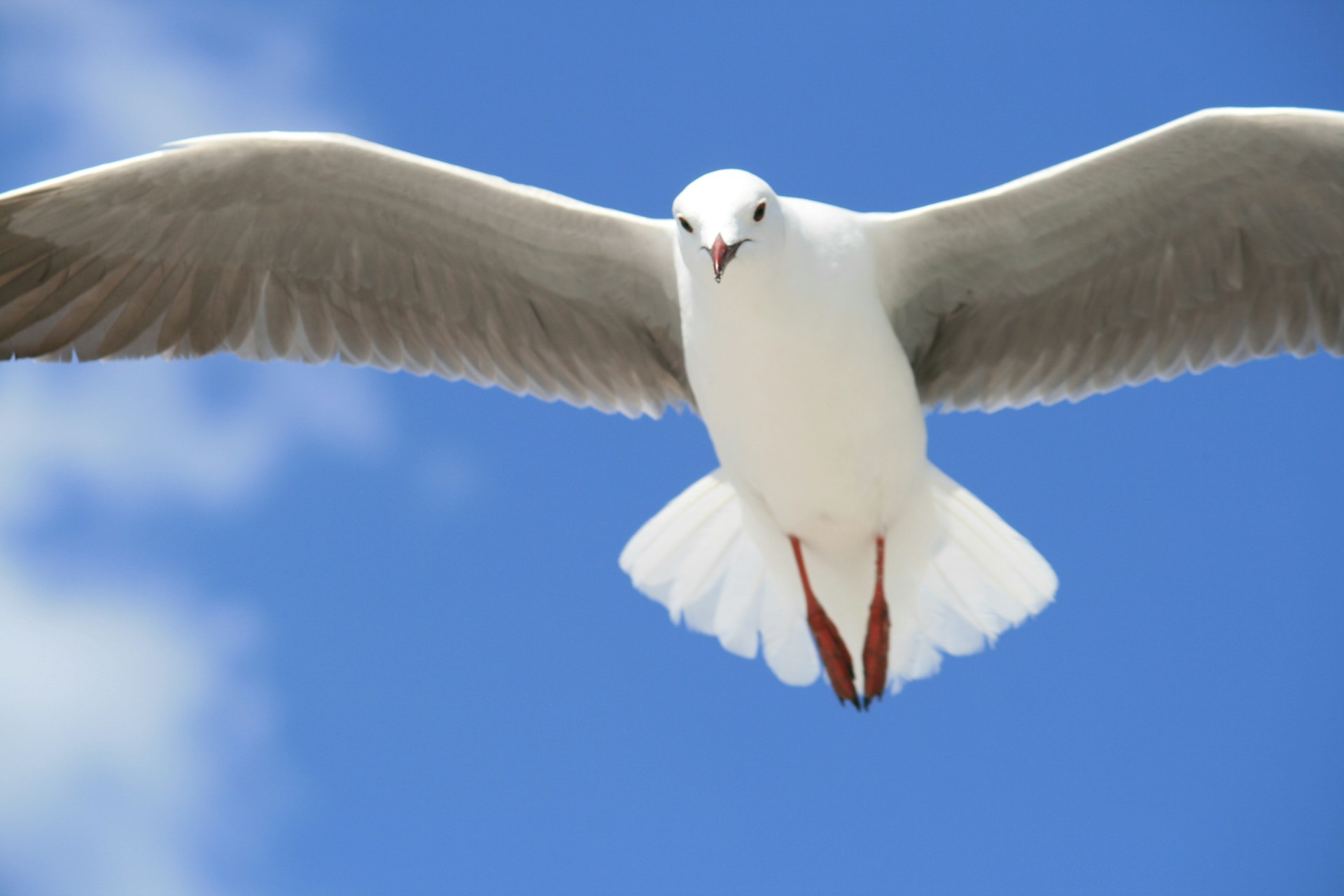The graceful image of a white dove soaring through the sky with an olive branch in its beak is universally recognized as a symbol of peace. But why do these beautiful birds hold such a significant place in our collective consciousness? Let’s delve into the captivating history behind the symbolism of doves, and uncover some intriguing facts about these gentle creatures.

Ancient Dove Symbolism: From Biblical Tales to Mythological Legends
Doves have long been entwined with symbolism and meaning across various cultures and belief systems. In the Bible, the dove carries profound significance, representing peace, purity, and divine favor. Its association with the olive branch, famously brought back by the dove to Noah’s ark as a sign of hope and renewal after the great flood, solidified its symbolism of peace with God.
But the symbolism of doves extends far beyond biblical narratives. In Native American folklore, doves are revered as protectors and symbols of love. Greek mythology links doves to Aphrodite, the goddess of love, while in Mesopotamian myth, they symbolize carnal love and war. Even in modern times, doves continue to be a powerful emblem of peace, gracing the logos of countless organizations and movements advocating for harmony and unity.
Dove Symbolism Today: From the Olympics to Political Protests
The image of a dove remains synonymous with peace and harmony in contemporary society. From the release of doves at the Olympic Games as a symbol of global unity, to their presence at political rallies and anti-war protests, these birds continue to serve as powerful messengers of peace. Whether fluttering in the breeze on banners or immortalized in iconic logos like the United Nations International Day of Peace emblem, the symbolism of doves endures as a beacon of hope in a turbulent world.

Are Doves Truly Peaceful Birds?
While doves embody the spirit of peace symbolically, their behavior in the wild can be surprisingly complex. As members of the Columbidae family, which includes over 300 species, doves possess remarkable intelligence and adaptability. However, they can also display aggression, particularly when defending their territory or competing for resources. Despite occasional displays of assertiveness, these birds are valued for their serene demeanor and soothing cooing calls.
Exploring the Diverse World of Doves: From Big Bear Lake to Beyond
In regions like Big Bear Lake, California, an array of dove species adds to the natural beauty of the landscape. From the mournful cooing of Mourning Doves to the elegant presence of Eurasian Collared-Doves, these birds captivate with their unique traits and behaviors. Whether foraging for seeds in forest clearings or nesting in urban environments, doves play an integral role in ecosystems around the world.
Fascinating Dove Facts: Beyond the Symbolism
Beyond their symbolic significance, doves boast a wealth of fascinating traits and characteristics:
- Young doves, known as squabs, are a testament to the cycle of life and renewal.
- Unlike many birds, doves do not tuck their heads under their wings when sleeping, maintaining a vigilant watch over their surroundings.
- Doves exhibit remarkable fidelity, forming lifelong bonds with their chosen mates.
- The remarkable homing abilities of pigeons, a type of dove, have been harnessed for centuries in communication and transport.
- From bustling cities to remote wilderness areas, doves can be found on every continent except Antarctica, showcasing their adaptability and resilience.

In the timeless image of a dove bearing an olive branch, we find a powerful reminder of humanity’s enduring quest for peace and harmony. Beyond their symbolic significance, doves embody a rich tapestry of myth, legend, and natural wonder. As we marvel at their graceful flight and melodious calls, let us also celebrate the profound symbolism and inherent beauty of these magnificent birds.





